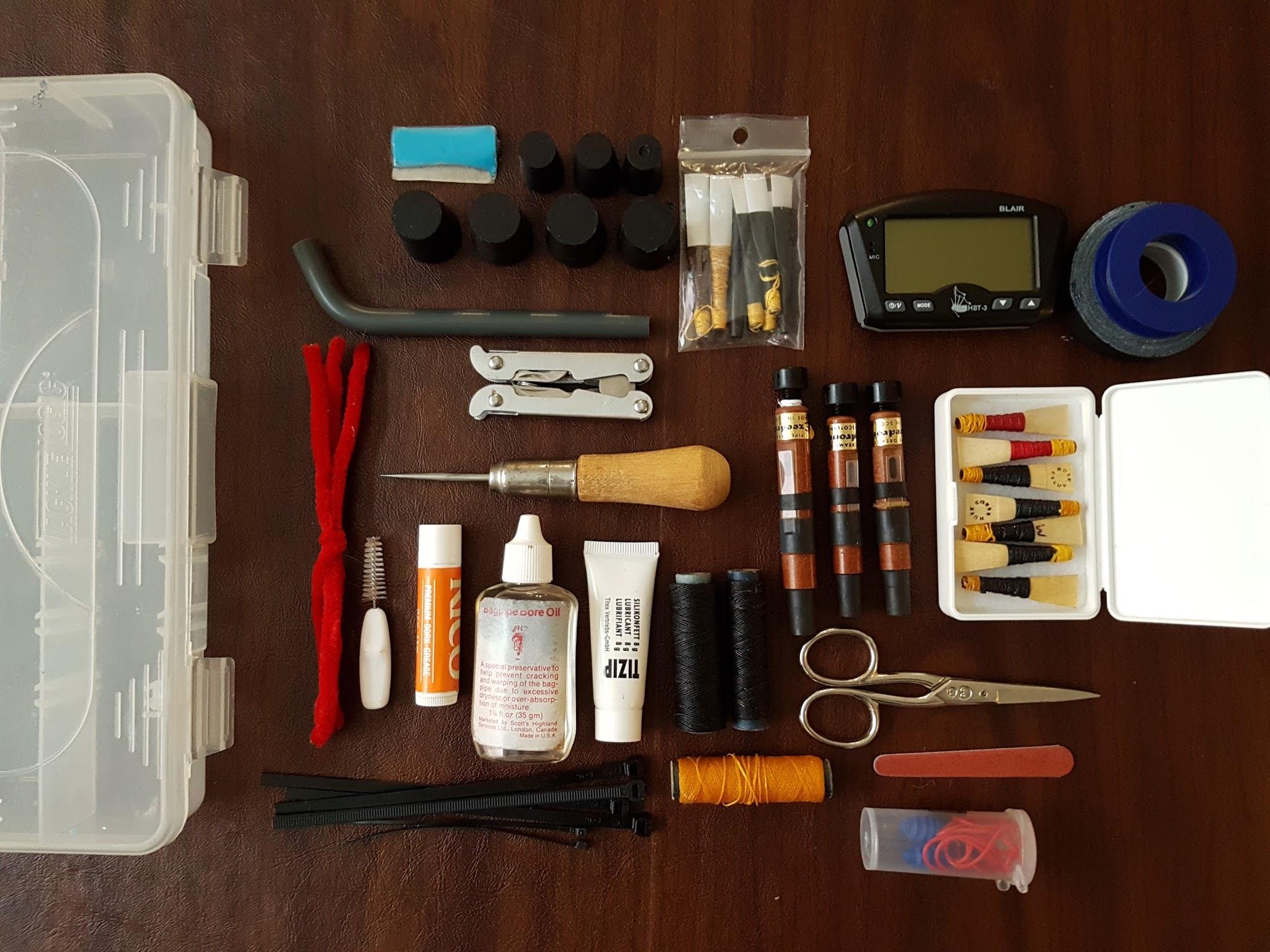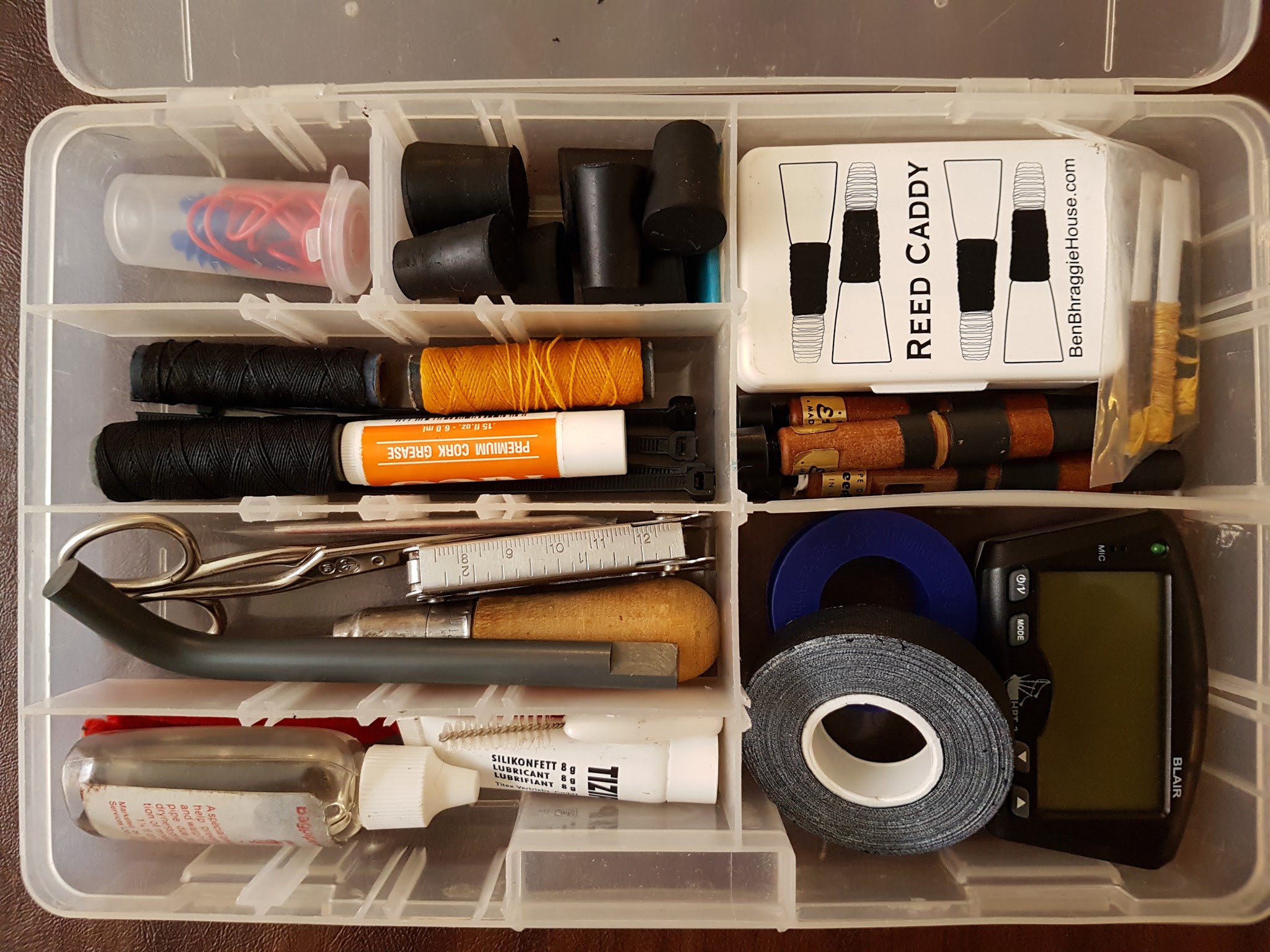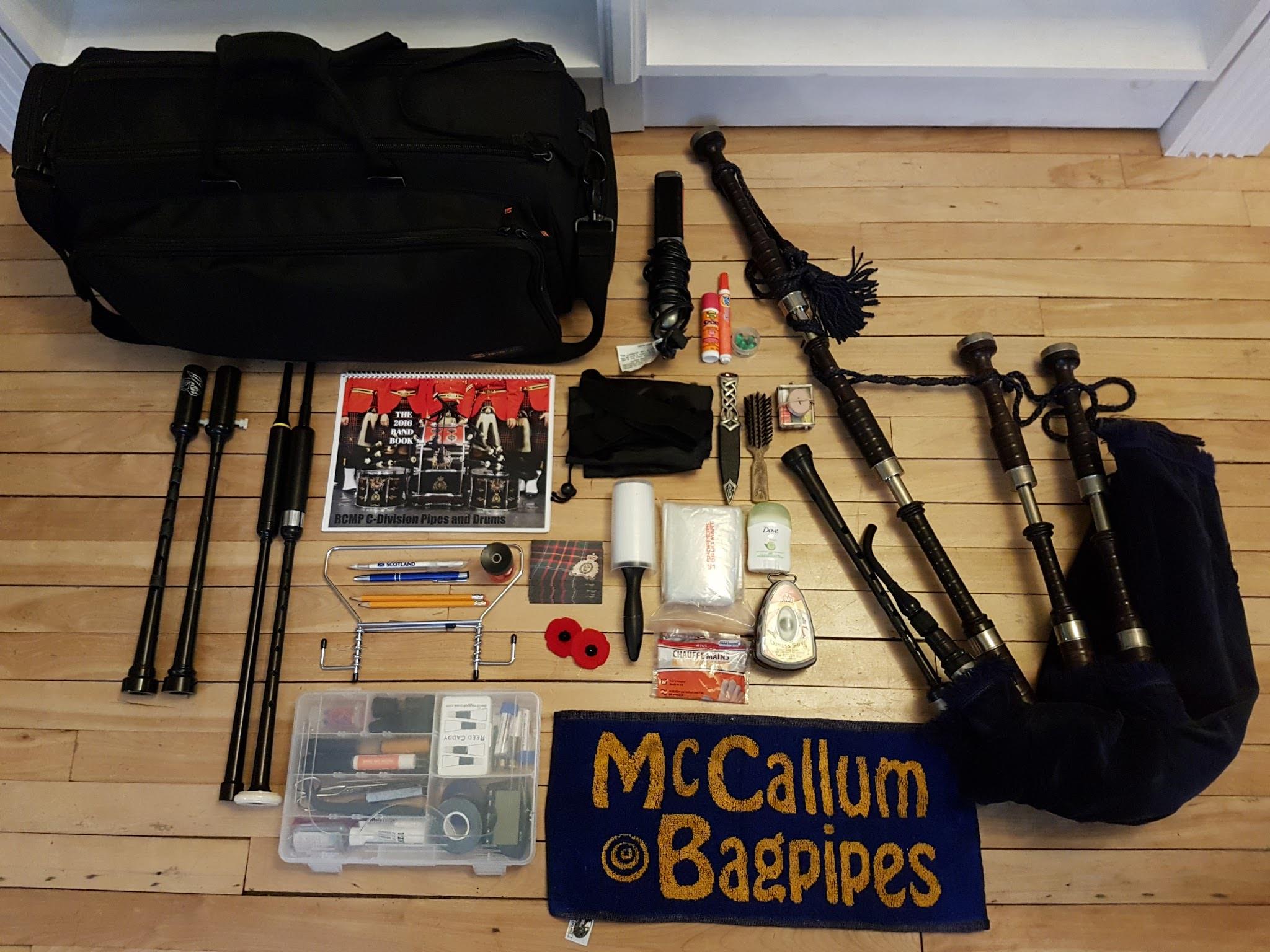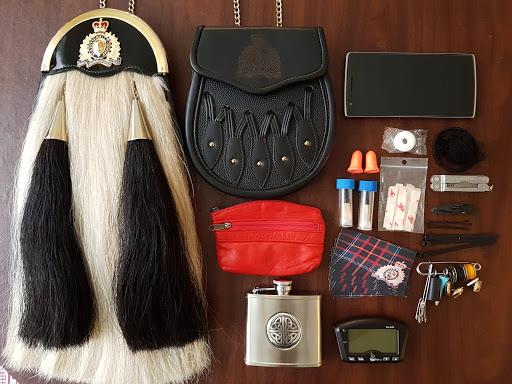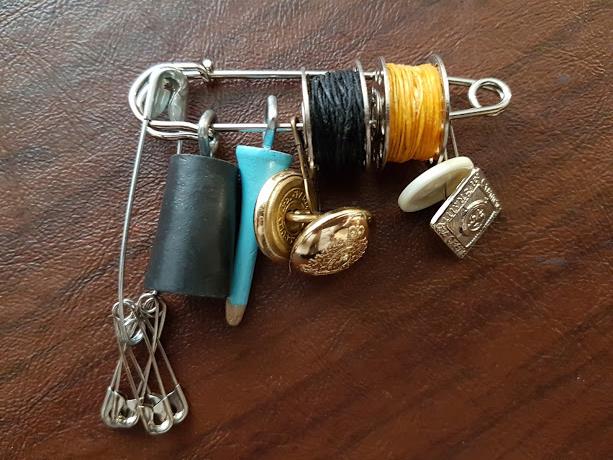What to Do if You Hate Your Metronome
Wednesday, October 25, 2017 by Madeleine King | Practice
"Practice with a metronome!" - anyone who has ever taken lessons on a musical instrument has heard it time and time again (no pun intended...). While it's a fact that a metronome is an indispensable tool for improving rhythm, practicing with one can be a challenge for some. Whether you find it confusing and difficult to follow the music and the ticking all at once, or whether you just find it plain tedious - don't despair. There are a few great alternatives that help you achieve the goal, even without that ubiquitous timekeeper.
Here are five great metronome alternatives:
1. Use a music notation software to play the tune back, and follow along with "the dot".
The key here is that with a notation software, you can slow the tempo down as needed for an easy way to determine whether you are on the beat or not. Play along with the computer playback and listen carefully to where your playing diverges.
Example software includes Sibelius, Finale, or MuseScore - or for pipers, CelticPipes or Bagpipe Player/Writer (Player is free). The only caveat is that this requires the "digitized" version of the tune you are practicing. For pipers, most all the .bww files you can think of are available either on Jim McGillivray's site Pipetunes.ca, or Jack Lee's online Bagpipe Music Library.
2. Passive Listening: listen to a recording of the tune in your car while you drive (or on any device, while you're doing something else).
Believe it or not, even just by listening you will be training your brain to hear the rhythm correctly, and you will instinctively copy this when you play the tune on your instrument later on. The greater number of times you listen, the better this will work. (Though I do recommend headphones to spare your friends, family and fellow commuters!)
3. Active Listening: YOU be the metronome.
Simply tap the beat while you are listening to the music. This will help you to train your brain to understand where the beat falls in each bar of the tune. This will even further solidify the correct rhythm and will transfer back to your instrument. For bonus points, try tapping a subdivided beat - tap on every eighth note, or every sixteenth note.
4. Record yourself.
Never pretty, always informative. I strongly recommend videotaping yourself, even though the results might be shocking :) While we're playing music, there can be a lot to think about.
Are you subconsciously slowing the rhythm to accommodate for a passage of music that is particularly difficult on your fingers? Pay attention to where you feel the rhythm is not right, mark it on your sheet music, and then go back and fix the issue.
Is the tempo the same at the beginning as it is at the end? Perhaps you are speeding up or slowing down in a way that is not easily detectable while you are playing. While you are listening, stop the recording near the end and quickly cycle back to the beginning and compare. If you find your tempo slowly changes over time, write yourself a reminder in your sheet music.
5. Use a drum track.
This is particularly for people that find the tick-tick-tick of a metronome boring or even annoying. If you are using the above music notation software, you can set up a looped drum track to play along with instead. The Smart Hobby Musician Blog lists over 300 free drum tracks that you can access for practice, including several different styles.
Those looking specifically for Pipe Band drumming will be less impressed, however if you search for ATPercussion on YouTube, you can hear a few massed-band scores well-played at around 70bpm on a practice pad. Personally, I find it an interesting challenge to mix it up and play my pipe tunes along with a different style of drumming.
Remember: part of the challenge of learning an instrument is keeping things interesting even while you are working on technique. Challenging practice translates into practicing often. So don't be afraid to mix things up once in a while to keep it fun!
What's In your Instrument Maintenance Kit?
Wednesday, October 18, 2017 by Madeleine King | Bagpipes
|
Ask this question to any piper and you'll be amazed at the different answers you'll get! It's neat to see how different people plan for a variety of situations, but if you're brand new to piping, it can be confusing to know where to start. Fortunately, there are a few common things that most pipers agree are essential tools, and these all boil down to the most common problems that can crop up while you're out and about with your instrument. Here's a list of the kinds of maintenance and problem-solving you will probably have to do on a regular basis: Joints and Seals
Problem: Joints can become loose, causing your pipes to leak air or come apart during handling.
Problem: I added more hemp to my tuning pin tenons and now they're really stiff.
Problem: Blowpipe flapper valve breaks.
Problem: Air is escaping from the pipe bag zipper (obviously this only applies if you have a bag with a zipper).
Reeds
Problem: Your chanter reed becomes too soft, or too hard.
Problem: A drone reed finally bites the dust.
Cleaning and Care
Problem: Your pipes get soaked in an outdoor parade.
Problem: Your drone cords pop undone.
Problem: You had to remove tape from your chanter, and now it's covered in sticky gunk.
Problem: I removed gunk from my chanter, but some of it got lodged in the holes.
Pitch
Problem: Your chanter is nearly in tune, but one or two notes are sharp.
Problem: You think your chanter is flat/sharp but you're not sure.
Other Stuff - I like to have a complete set of large and small corks; this means that I can kill all my drones, or some of them, during a practice for whatever reason. The large corks can be used in place of the chanter, or can be used to store a practice chanter in pieces. Because I teach, I also bring golf tees with me everywhere. You can advance faster by having lots of opportunities to blow drones and practice striking in and cutting off, even if you don't know the tunes. - I also store things that relate to my particular equipment. I use a hose for moisture control that is designed to be installed through the blowpipe with a special screwdriver. So I bring that screwdriver. If your drone reeds use allan keys, bring those. - I wear a horsehair sporran with some of my uniforms. So I also bring a hairbrush and a small hair straightener. Neigh! - Some toiletries are nice to have. I pack deodorant for those hardworking parades and practices. I also put in some sunscreen so I can avoid glen-burn. In the colder seasons, I throw in some Hot-paws hand warmers. Lint brushes and shoe-polish pads are great. Spare buttons for jackets, vests, and spats, and, if you wear them, an extra tassel or two for your ghillie brogues. Those seem to always go missing. Hair products to avoid bad-glen-hair, and Advil, for those pipe band headaches. |
|
Maintenance Kit List
This all fits neatly into a tackle-box I bought at the hardware store:
Extras
Only pack what you think you need! I tend to over-prepare ;) Emergency Bagpipe "First Aid" Here are the things I tuck into my sporran that I can use to solve most emergencies that might pop up *right* before step-off, when my pipe case and my regular kit is too far away:
|
Why Does my Teacher Make Me Rewrite Music Exercises in my Own Handwriting??
Wednesday, October 11, 2017 by Madeleine King | Pedagogy
Nearly every week, I have my students transcribe exercises or excerpts from their College of Piping books (or their theory textbooks) into a music dictation book the old fashioned way: with a pencil. I promise I don't do it to save money on photocopies, and it's not to keep the class quiet while I take a break. I do it because it's the best way to learn as much as possible about written music.
This past week I helped my son with his science homework. Part of his assignment was to collect some bugs from the garden and then draw pictures of them. I was amazed at how many small details I had ignored for insects I've looked at my whole life - until we had to illustrate them! Centipedes with two long back "legs" I'd never noticed. Honeybees with cute little hairy tufts on top of their tiny heads! Music notation is a lot like this. When we limit ourselves to reading, we tend to pay attention only to the obvious things. But there are a lot of little things we to miss - all those little markings and details that seem unimportant as the tune whizzes by.
"But," you might be asking, "I'm already great at reading sheet music; why should I care about the details?"
1. It will make collaboration easier
Even if you are able to sight-read hornpipes at speed - and wow, congrats if you are! - a good musician can both read AND write music accurately and correctly. The easiest way to communicate with other musicians is by writing your ideas down on paper. The ability to write or record your own music or change music on the fly is invaluable at practices, rehearsals, or while learning new music at sessions. Solid musical literacy also improves precision for digital music publishing (using software to "digitize" your sheet music, for example, for use in a band book). In other words, if you are ever working with other musicians - pipers, but also (especially!) non-pipers - this skill is key for speed, clarity, and professionalism.
2. It will make sight-reading easier
For those of us that *aren't* spontaneously sight-reading hornpipes: understanding the subtle conventions of written music can actually improve sight-reading abilities. Music notation actually contains many clues that help you visualise the beat, count bars, and find the beginning and end of a phrase - if you know where to look! By familiarizing yourself with written music, you better grasp how things are arranged, allowing you to read music even faster.
3. It will make memorization easier
Recopying your music will actually help you learn it FASTER and remember it for LONGER. This is because reinforcement is important in how your brain commits things to working memory. Learning an exercise by reading it and then by playing it and then by writing it out will strengthen those pathways in your brain.
4. You'll need it eventually
Last, but not least: transcription is a required skill for the College of Piping exams, and also all western music theory exams. If you plan on taking them, this weekly torture counts as studying!
For fellow instructors, here are some handy do's and don'ts if you want to incorporate this into your group and private lessons:
DO:
- keep spare staff paper and sharpened pencils on hand (forgetful students waste a lot of time drawing staff lines badly. In pen.)
- use small sections of music rich with embellishments, movements, time-signatures, repeat signs, and any other notation worth practicing
- use short "problem" sections of music, to aid reinforcement
- allow students to play from their own recopied notes
- use the quiet time to track attendance for your class or take notes or prepare the next section of the lesson :)
DO NOT:
- have students recopy excerpts that are more than a couple of bars long - it will get monotonous and waste instruction time
- take shortcuts (like skipping repeated notes, or drawing non-musical symbols in for difficult movements like taorluaths) - it defeats the purpose
Now have fun and get writing!


